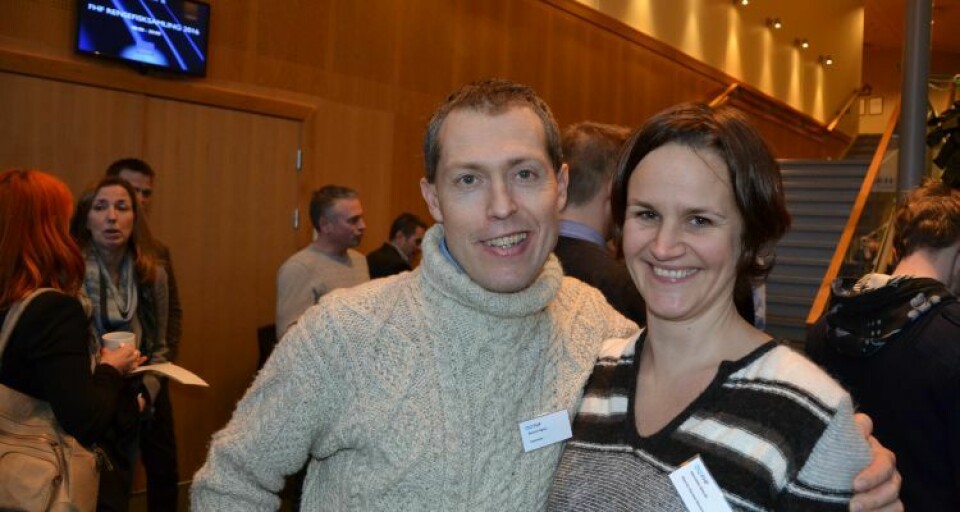
MH Norway to double cleanerfish production
Despite experiencing a challenging year for cleanerfish production, Marine Harvest Norway seeks to at least double its output in 2016.
“We've put out 1.5 million cleaner fish in 2015 and hope to double or even triple the amount this year,” says Henriette Glosvik. “Even though cleanerfish production did not go particularly well for the company last year.”
Wrasse
Marine Harvest currently has four cleanerfish plants that manufacture both lumpfish and wrasse. Wrasse production has two cycles each year – one in the spring and one in the autumn.
“The spring wrasse production did not go particularly well, due to high levels of mortality in the early larval stage – something we’ve not seen before. We thought that virus and imbalance in live food culture could be the causes but nothing has been concluded yet,” Glosvik said.
The company took mortality precautions and washed down the plant, before they resumed new production and Glosvik notes that last year’s autumn production has gone much better so far. However, she also points out that they have had some quality challenges with the fish.
“We have had jaw deformities that we believe are related to feed, and deformities on their heads which we think are related to water quality, and fin erosion that may be linked to bacteria,” she says.
The factors that are believed to provide these challenges the company has improved, with for example feeding with little nutritious feed for a period.
“We have also begun to record quality defects in fish. We measure weight length and look at the challenges we've had and grading the basis of this. We see that the quality is getting better, she says.
Lumpfish challenges
Meanwhile the lumpfish have suffered from vibriosis challenges, as well as some atypical furunculosis in several of the male lumpfish in the facility, which resulted in hundreds of thousands of fish being put down.
“We once more sterilised the whole plant before operations resumed,” she said, adding that because of disease outbreaks they now screen their broodstock.
“We have screened 50 fish and it does look good so far. We found Aeremonas salmonicida on four females and those we chose to take out of the egg production,” she says.























































